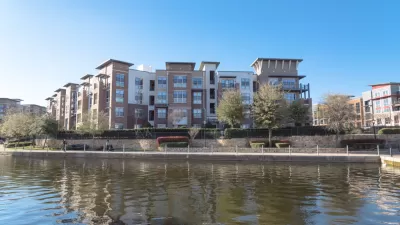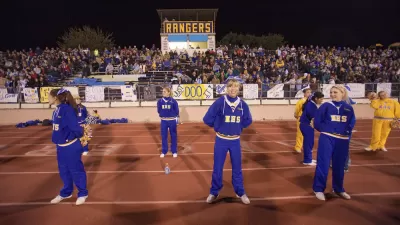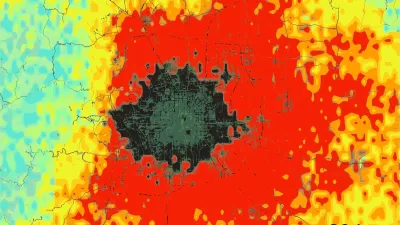The Penn Institute for Urban Research's latest issue of Urban Link features Lewis Dijkstra writing on the Degree of Urbanisation, the first global definition of cities, towns and rural areas endorsed by the UN.

The lack of a global definition of urban and rural areas is a well-known obstacle to reliable international comparisons of urbanization and of the situation in the urban and rural areas. With several recent global agendas calling for the collection of indicators for cities, urban, and rural areas, six international organizations have worked closely together to develop a harmonized definition.
In March 2020, the UN Statistical Commission endorsed the definition, and in June, the European Union and OECD launched "Cities of the World, A New Perspective on Urbanisation," a report that describes the use of and technical background of the new definition, the Degree of Urbanisation.
Lewis Dijkstra, Head of the Economic Analysis Sector of the Directorate-General for Regional and Urban Policy in the European Commission, editor the European Commission’s Cohesion Report, a visiting professor at the London School of Economics, and a Penn IUR Scholar, writes about the Degree of Urbanisation in the latest issue of Penn IUR’s Urban Link.
FULL STORY: UN Endorses a Uniform Measure for Urbanization

Americans May Be Stuck — But Why?
Americans are moving a lot less than they once did, and that is a problem. While Yoni Applebaum, in his highly-publicized article Stuck, gets the reasons badly wrong, it's still important to ask: why are we moving so much less than before?

Using Old Oil and Gas Wells for Green Energy Storage
Penn State researchers have found that repurposing abandoned oil and gas wells for geothermal-assisted compressed-air energy storage can boost efficiency, reduce environmental risks, and support clean energy and job transitions.

Placekeeping: Setting a New Precedent for City Planners
How a preservation-based approach to redevelopment and urban design can prevent displacement and honor legacy communities.

San Francisco’s Muni Ridership Grew in 2024
The system saw its highest ridership since before the Covid-19 pandemic, but faces a severe budget shortage in the coming year.

Colorado Lawmakers Move to Protect BRT Funding
In the face of potential federal funding cuts, CDOT leaders reasserted their commitment to planned bus rapid transit projects.

Safe Streets Funding in Jeopardy
The Trump administration is specifically targeting bike infrastructure and other road safety projects in its funding cuts.
Urban Design for Planners 1: Software Tools
This six-course series explores essential urban design concepts using open source software and equips planners with the tools they need to participate fully in the urban design process.
Planning for Universal Design
Learn the tools for implementing Universal Design in planning regulations.
Heyer Gruel & Associates PA
City of Moreno Valley
Institute for Housing and Urban Development Studies (IHS)
City of Grandview
Harvard GSD Executive Education
Salt Lake City
NYU Wagner Graduate School of Public Service
City of Cambridge, Maryland





























